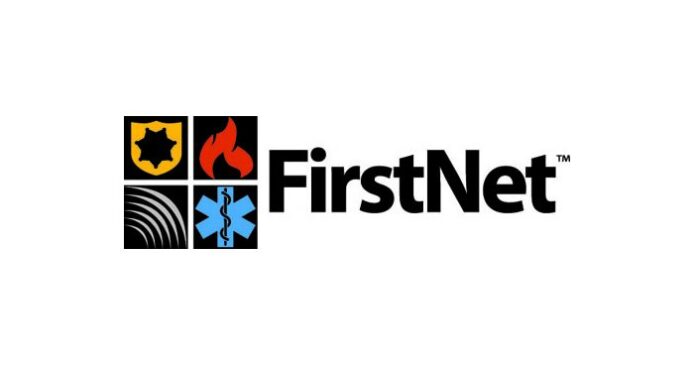LAS VEGAS – With approximately $6.5 billion on the table for the design and construction of a nationwide public safety LTE network, vendors are scrambling to compile their responses for the First Responders Network Authority’s request for proposal. The FirstNet RFP is a main focus at this week’s International Wireless Communications Expo, as vendors across the ecosystem assess the opportunity and their response – if not to the full RFP, then as it is parceled out to smaller vendors once a prime awardee is announced later this year.
FirstNet is set to issue a single contract for the network, probably sometime in November, said Anna Gomez, partner at law firm Wiley Rein and former deputy assistant secretary at the National Telecommunications and Information Administration. FirstNet RFP responses are due May 13. Gomez said during a session the objectives-based RFP gives vendors requirements they must meet in 16 different areas, but flexibility in how they achieve them rather than dictating specifications.
“FirstNet is very serious that it wants to see partnerships to fill whatever holes the bidder can’t itself provide, or rural partnerships,” Gomez added. Also, the coverage requirements are such that even in its first year of operation, FirstNet is expected to cover 20% of the country.
FirstNet is expected to initially operate as a mobile virtual network operator and transition to Band 14 use, reaching full nationwide coverage within five years. Although a single contract will be awarded for the FirstNet RFP, there are expected to be many opportunities for other vendors.
“This RFP process is just the first of a long line of partnerships and RFPs that are ultimately going to come out once the prime contractor is awarded,” said Kyle Quillen, founder and CTO of Agile Networks, a telecom backhaul provider in Ohio. “I think what you’re going to see [is that] as the prime awardee starts to talk to states about their plans, there are going to be more and more rural areas where you’re going to see the majority of partnering happening.”
The prime awardee will likely be asking partners for “assets in places that there really isn’t a good plan for coverage,” Quillen added, noting in rural areas it’s likely FirstNet will “need to leverage infrastructure that would typically be overlooked by some of the commercial carriers in LTE deployments.”
One audience member suggested those might include broadcast towers from public radio or public television, and Chris Krafft, VP of public safety for Black and Veatch’s telecommunications business, agreed those are potential options. Krafft also said in terms of network construction specifically for public safety’s resiliency and reliability needs, new sites will be easy to harden as part of their initial design, but existing towers will be harder to deal with.
“What I worry about more are the older towers, the 10 to 15 year old [towers]. They’ve been modified two or three times, changed ownership, and now you don’t have the data to do proper analysis – those are going to be much more challenging,” Krafft said, adding that in rural areas, older “lighter duty” towers may be available, but would need upgrades as well to function as part of a hardened FirstNet network.
And while $6.5 billion may sound like a lot, there are still going to be significant costs that have to be balanced and compromises that will have to be made, Kraftt said – hardening may not be the same at every site, and generator power resources may differ depending on a site’s priority.
Quillen suggested vendors interested get in touch with their state’s “single point of contact” officials, all of whom are listed on FirstNet’s website. Whether vendors decide to market themselves on a very targeted basis or try to blanket FirstNet and its prime awardee with a more “shotgun” approach, Quillen said, “there are only so many cycles that a given team has, to vet who can help them.”

